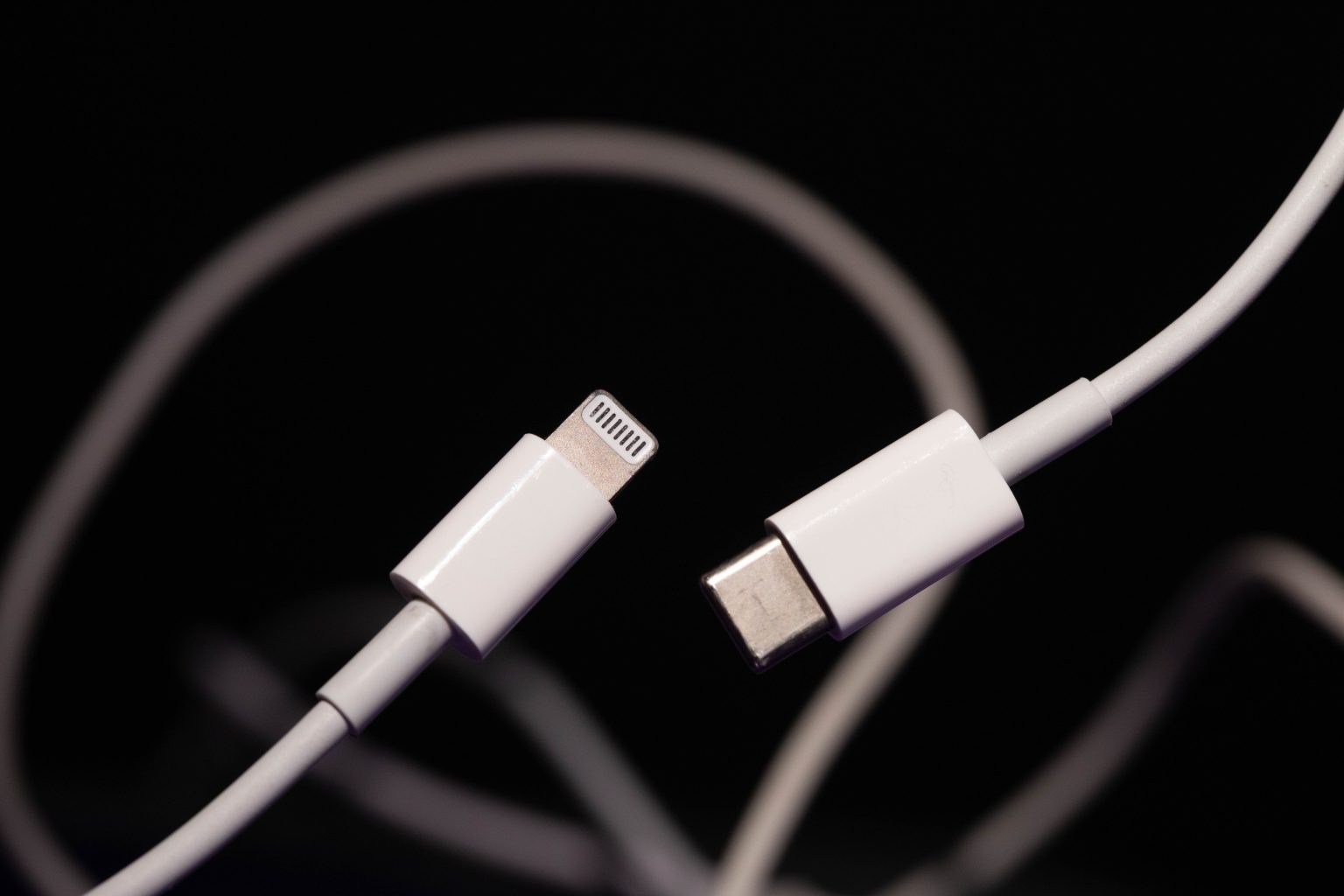Apple has recently unveiled its highly anticipated iPhone 15 and iPhone 15 Pro models.
One major change is the switch from the Lightning Connector to USB-C, aligning with other major smartphone makers. However, there are some complications and confusion surrounding Apple’s implementation of USB-C.
USB-C refers to the connector itself, with other standards governing data speeds and power delivery. Unfortunately, the iPhone 15 and 15 Plus are limited to USB 2.0 speeds, the same as the Lightning Connector. In contrast, the iPhone 15 Pro and Pro Max boast USB 3 data transfer speeds, which are significantly faster. USB-C cable technology has been around for quite some time, and it’s the future of connectivity. It is a smaller, sleeker, and more versatile USB standard with many advantages over the previous generations. Apple first introduced it for their MacBook line back in 2015, and it has slowly been making its way into other Apple devices, such as the iPad Pro. However, its adoption on iPhones has been lacking, with Apple continuing to use their proprietary Lightning connector.
It’s puzzling why Apple has limited the iPhone 15 models in this way, especially when similarly priced Android phones offer faster data speeds. To add to the confusion, Apple’s use of “USB 3” to describe the transfer rates on the iPhone 15 Pro and Pro Max is not entirely accurate. It appears that Apple is actually using USB 3.1 Gen 2 or USB 3.2 Gen 2, both of which reach speeds of 10Gbps, but labeling it as USB 3 for simplicity.
One factor that Apple should address is the potential confusion among users with regards to USB-C. While it may seem like an exciting technology, USB-C has different variations and functionalities. Understanding your device’s compatibility is only half the battle; the cable you use also plays a vital role. USB-C cables are classified according to power delivery capacity and the speed of the data transfer. Not all cables can carry the same amount of power or transfer data at the same rate, leading to slow charging or data transfer.
To avoid confusion, Apple must be transparent with their customers and provide detailed information on the type of cable required and the standards it needs to conform to. With so much variation in the market, purchasing the wrong cable can lead to damaged devices or a frustrating experience. Additionally, Apple should consider producing the cables required for iPhone 15 themselves to guarantee their quality and compatibility, ensuring users don’t have to turn to third-party manufacturers.
Finding the right cables or adapters for your device may be a challenge. Apple’s website currently lacks double-sided USB-C cords in the iPhone section, only offering USB to Lightning cords. To find a suitable cable, you’ll need to browse the iPad or Mac sections. Even then, there are discrepancies in charging speeds and data transfer rates between the one-meter and two-meter options.
Additionally, the iPhone 15 range does not come with a bundled charging brick, so you may need to purchase a separate one. It is unclear if the iPhone 15 supports USB Power Delivery with PPS, which allows for dynamic adjustment of voltage to achieve optimal charging speeds.
While it is still early and more options may be released, the USB-C debut on the iPhone 15 seems somewhat messy for Apple, a company known for its seamless user experience.

